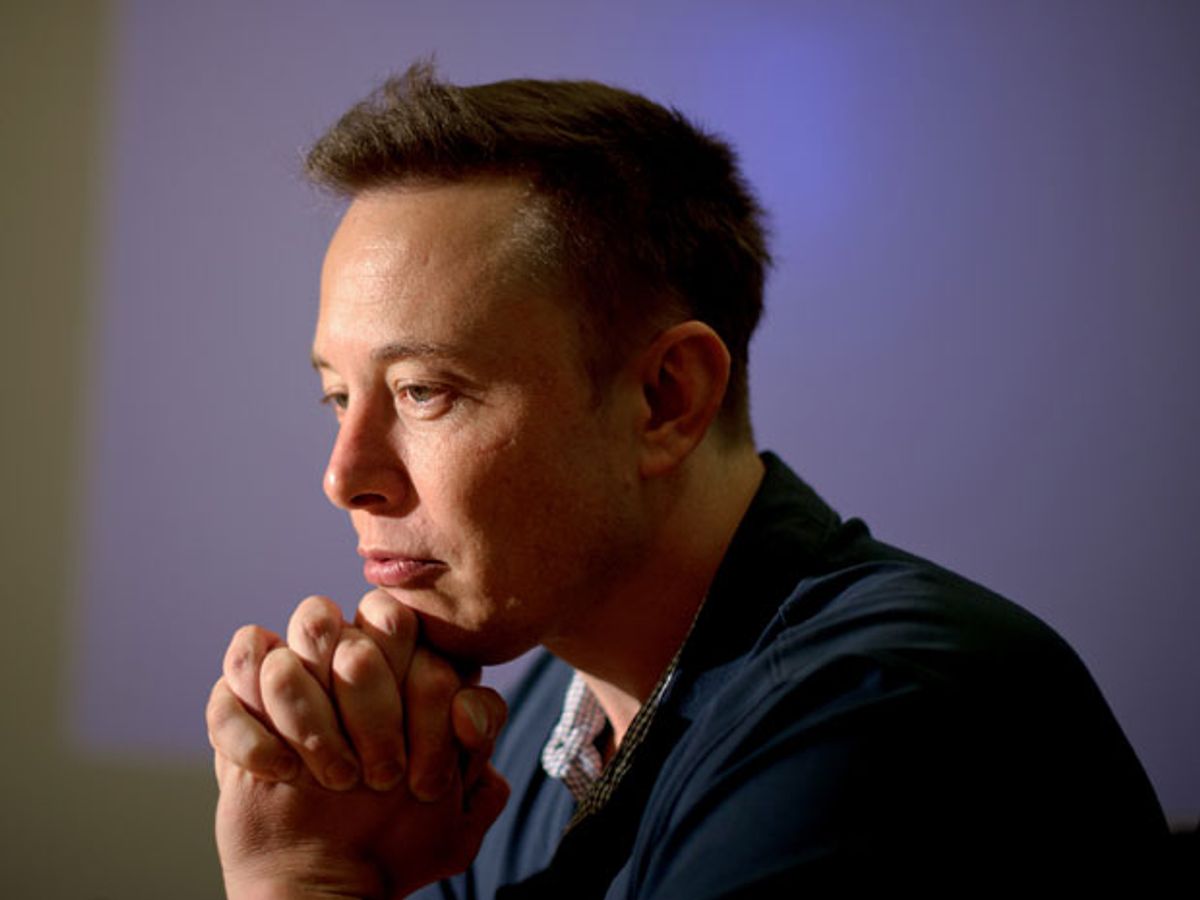Elon Musk, famous for Tesla supercars and private rocket travel, has lately been teasing techies with another transportation idea. This week, on Twitter, he again touted what he calls the Hyperloop, a mystery system that he says will make intercity travel faster, cleaner, and cheaper than any other method now in existence.
The tease has to do with the timing. Musk has been talking up the Hyperloop for quite a while, and on Monday he just rattled our chains again, saying the actual details of his project would come out only on 12 August. That makes for into an extended drumroll not unlike the one that inventor Dean Kamen orchestrated a dozen years ago for the Segway, a self-righting two-wheeler that was supposed to make intracity travel faster, cleaner, and cheaper than any other method then in existence. (It didn’t.)
It so happens the Segway was unveiled in New York’s Bryant Park, a stone’s throw from the main branch of the New York Public Library, where you could, at that time, shoot book-order slips up to the stacks via pneumatic tube. It was a relic of a citywide tubular network that once allowed people to send letters, contracts, ham sandwiches and—in at least one case—a live cat in a box.
The cat was alive at the end, a fact that of course could be determined only by actually looking into the box. But, I digress.
Musk calls the Hyperloop a cross between “a Concorde, a railgun, and an air hockey table,” one that he thinks will make economic sense but, in any case, “would be a really fun ride.” That’s the same balance of speculative economics and indubitable coolness found in all of Musk’s enterprises.
Tubularity seems to be the key. A car full of passengers shoots along a tube that—judging by Musk’s “air table” reference—provides a nearly friction-free bed of air. The motive force—which he alluded to as the "railgun"—would have to be a linear motor. That's essentially an unrolled electric motor whose alternating magnetic field pushes and pulls a passenger car along.
Musk assumes his baby will find its first application in California, displacing the high-speed rail system that the state has, with very great deliberation, finally begun to build, or at least to finance. He has said the Hyperloop would carry passengers from San Francisco to Los Angeles in just 30 minutes. That's half as long as a commercial flight takes.
He admits he’s made rather a lot of economic and technical assumptions. In one tweet yesterday he said he’d accounted for California’s seismic challenges. In another one made the day before he commended a commentator, a man named John Gardi, for the schematic diagram of the Hyperloop he’d tweeted, saying “your guess is the closest I've seen anyone guess so far. Pod diameter probably around 2m.”
It’s been known for decades that an electro-pneumatic tubular transport can, in principle achieve stupendous speeds. IEEE Spectrum covered the idea back in 1984, in a sidebar, written by contributing editor Eric Lerner, to a feature article on the then-new idea of maglev trains. The sidebar, “Coast to coast in half an hour,” makes Musk’s proposal seem prudent by comparison. It was based on a Rand Corp. study that imagined a transcontinental tunnel virtually evacuated, to eliminate aerodynamic drag.
“According to the study,” we wrote, “a maglev train accelerated to a peak speed in excess of 10 000 km/h would require only 18 watthours of energy per passenger-kilometer, compared with approximately 560 watthours per passenger-kilometer for a transcontinental jetliner. Speeds for the maglev system would be limited only by considerations of passenger comfort, because at around 10 000 km/h centrifugal force caused by the train’s following the curvature of the earth would begin to induce feelings of weightlessness.” Or a fun ride, as Musk might say.
The Rand study went on to envisage a worldwide network of tunnels, including undersea links between North America, Siberia and northern Europe, that would enable passengers to move between any two major cities in 90 minutes or less. In such a world, great distances would be collapsed, although local distances—mediated, as ever, by traffic jams—would be as great as ever.
You’d literally blow into New York City from Paris, only to languish on the George Washington Bridge on your way to your home in New Jersey. Where's a Segway when you need one?
Photo: Noah Berger/Bloomberg/Getty Images
Philip E. Ross is a senior editor at IEEE Spectrum. His interests include transportation, energy storage, AI, and the economic aspects of technology. He has a master's degree in international affairs from Columbia University and another, in journalism, from the University of Michigan.



